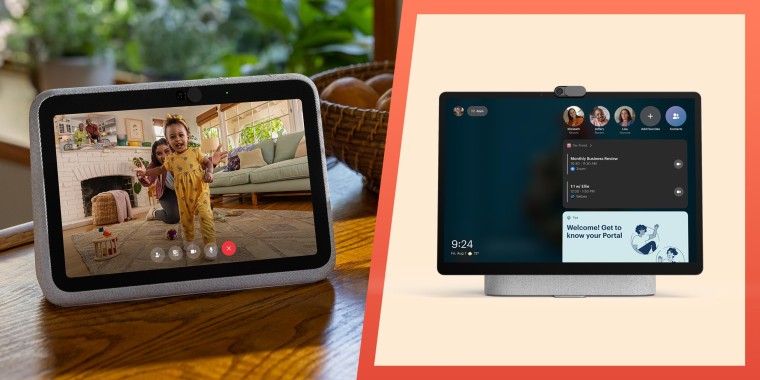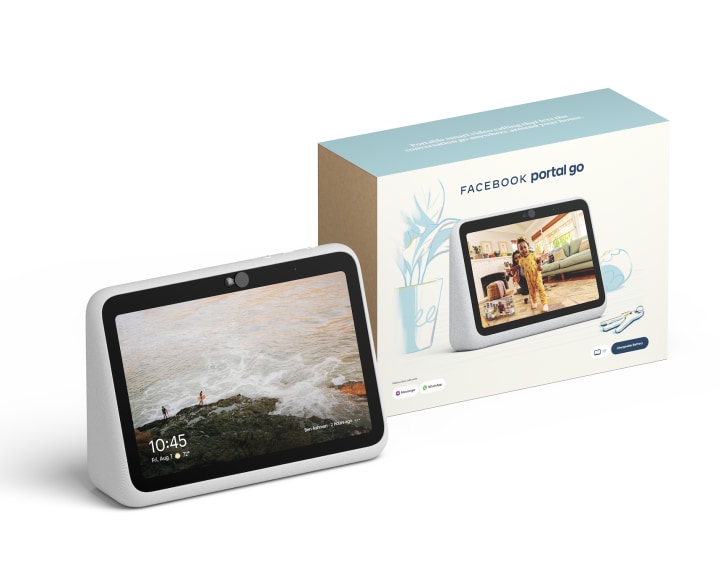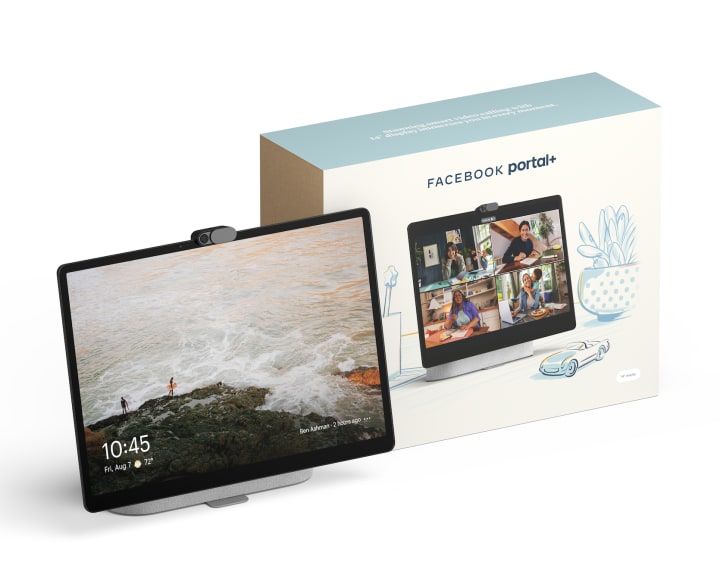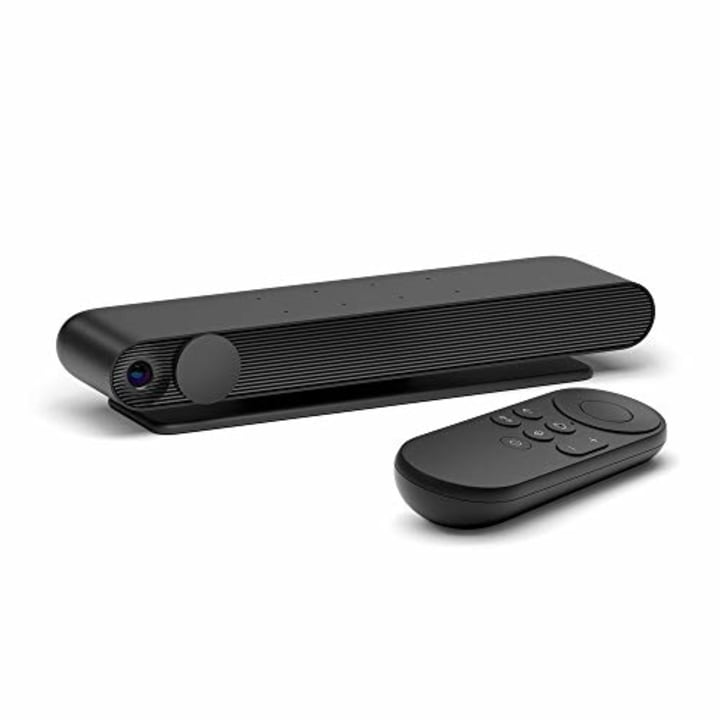Facebook recently introduced two new Portal devices: the Portal Go and the Portal+, both of which are available for pre-order now and start shipping Oct. 19. The company has been in the news recently after launching a pair of smart glasses with Ray-Ban and telling advertisers it underreported ad performance on iPhones due to Apple’s recent iOS privacy changes.
Building on the company’s other Portal models — which equip a camera that automatically pans and zooms as you move (similarly to Center Stage on select iPads) — the new releases offer features a Portal user since 2018, like me, always wished my first-generation device had. Notably, you can now video call through platforms like WhatsApp, Zoom and Webex in addition to Facebook messenger (you have to log into the device using your Facebook or WhatsApp account). And the Portal Go is portable.
A few weeks into my first year of college, my parents sent me the Facebook Portal since I was living away from home for the first time. They thought the Portal would provide me with a dedicated way to connect with family and friends, and they felt the smart camera feature offered a more immersive video chat experience than similar devices did at the time. As I talked to my brother while he walked through the kitchen in my childhood home, for example, the camera panned across the room, always keeping him in view and making me feel like I was there despite being thousands of miles away. And if my parents walked in, the camera widened its view so I could see everyone.
Facebook Portal
Available in Black and White, the Portal sits upright vertically or horizontally. Ubiquitous across all models, the Portal features a smart camera as well speakers and microphones. The device is designed with a 10-inch touchscreen display and provides filters, animations and interactive backgrounds for video calls.
In addition to video chat functions, the Wi-Fi-enabled device offers apps like Spotify, Food Network and more, and you can browse the internet. It comes with its own smart assistant built in, as well as Amazon Alexa so you can use the Portal to control smart home devices like thermostats. It acts as a digital picture frame, too — you can set it to flip through your Facebook and Instagram pictures when it's not in use.
At first, I didn't see how the Portal was much different from an iPad, and it offers similar features to the Amazon Echo Show. I couldn't see myself using it for much more than for video calls. But I set it up at my desk anyway, and, surprising myself, started relying on it. It became the main way I video chatted with my loved ones. I constantly used voice commands to check the weather before leaving for class and to make to-do lists, and I played music using my Portal every day. When I moved from a dorm to my apartment, I stationed my Portal in the kitchen so I could watch videos on YouTube and browse recipes on cooking apps when I needed recipe inspiration.
I’ve now had my Portal for three years, and the design and software of the first-generation model I own has been updated to expand its capabilities. Many of the problems and downfalls I identified in my now archaic Portal have been solved as new product iterations were introduced.
When it comes to Facebook products — and tech in general — privacy and security features may be on your mind. When I first got my Portal, I immediately noticed the privacy and security features built into the device. Portal models — which require a Facebook or WhatsApp account to use — allow you to turn off the camera and microphone when they’re not in use, and a red light next to the lens indicates when the camera and microphone are off. Portal models also come with an integrated camera shutter or included camera cover to physically block the lens. Other privacy and security features include the ability to turn off voice interaction and a lack of facial recognition abilities. You can also turn off storage of Portal voice interactions, and Facebook said it doesn’t listen to, view or keep the contents of your Portal video calls.
Facebook Portal Go (pre-order)
In addition to offering similar features to the Portal, the Portal Go boasts a rechargeable battery — unlike other models, you don’t always have to keep it plugged in to use it. It comes with a charging dock to repower the device and has a built-in handle, making it easy to transport indoors and outdoors.
Facebook also recently launched the Portal+, which was created with those who work from home in mind. Facebook also announced Portal for Business and said it will add support for Microsoft Teams in December.
Facebook Portal+ (pre-order)
Expanding on the Portal’s core offerings, the Portal+ sports a 14-inch tilting HD display. Facebook said it can be used for video calls while working, freeing up space on your computer to pull up documents or presentations during meetings, for example. You can also use it to share your screen, and Portal launched a new calendar app that syncs with Outlook or Google.
In addition to stand-alone devices, Portal also offers a product you can connect to your TV via a HDMI cord and power adapter.
Facebook Portal TV
You can control this Portal using the include remote or the Portal app. It mounts to the screen or can be placed below the TV, and allows you to make video calls. You can also stream entertainment through Facebook Watch, as well as Netflix, Amazon Prime Video and other apps.
Similar products to the Portal from Facebook include the Amazon Echo Show and the Google Nest Hub.
Catch up on Select's in-depth coverage of personal finance, tech and tools, wellness and more, and follow us on Facebook, Instagram and Twitter to stay up to date.








